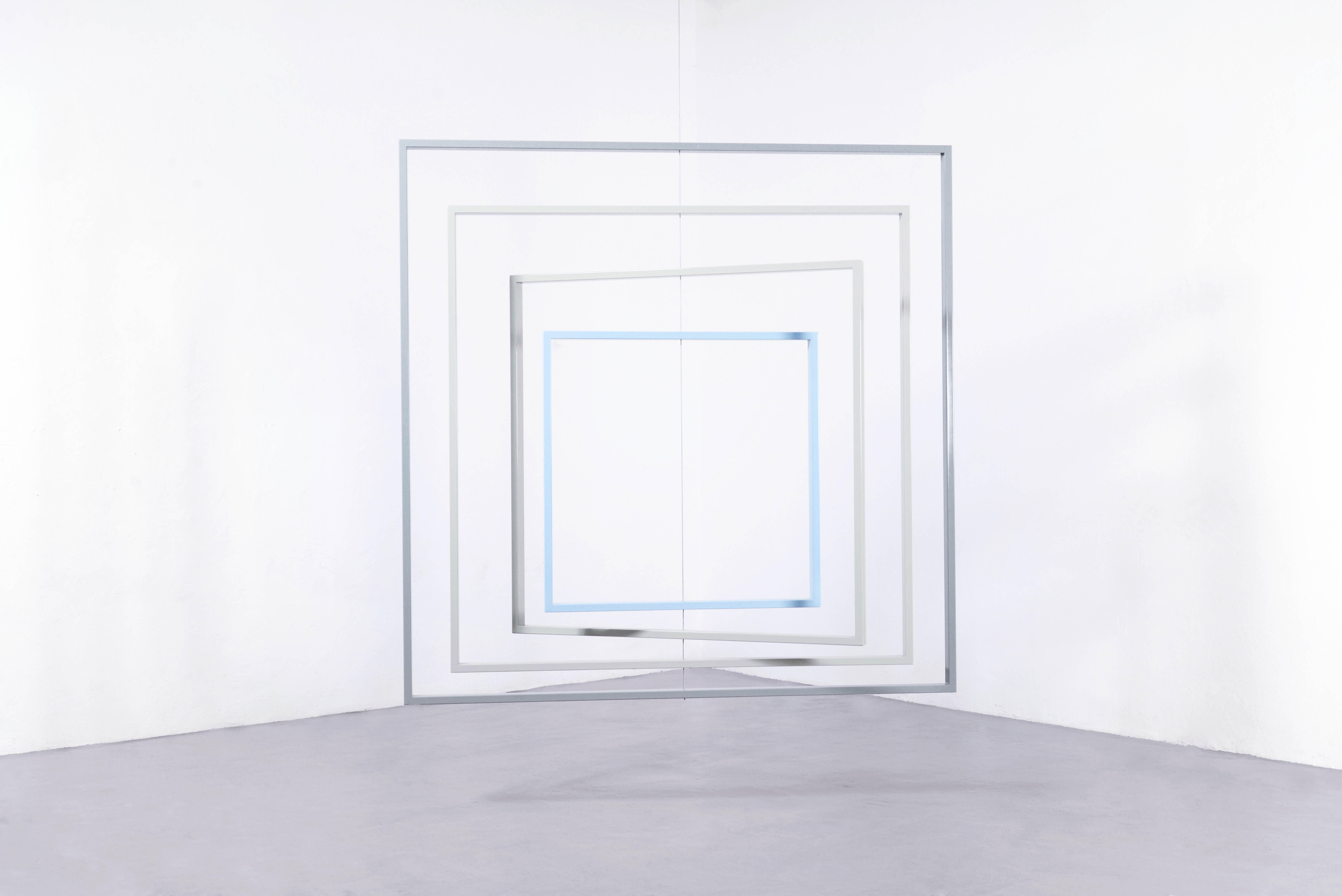'SABER ACOMODAR' tells the story of art from Jalisco, Mexico over past 100 years

Jorge Pardo, "Untitled," 2014. Seven hand-painted ceramic light fixtures, dimensions variable. Courtesy of the artist and Cerámica Suro
Arizona State University Art Museum is pleased to announce "SABER ACOMODAR: Art and Workshops of Jalisco 1915–Now", which opens to the public March 16 during the museum’s Spring 2018 Opening and continues through June 30.
The exhibition investigates the work carried out in studios and artisanal workshops in Jalisco, Mexico, during the past 100 years of production. The works included in the exhibition showcase collaborations between artists and artisans (e.g., potters, carpenters, blacksmiths, jewelers, sign painters and printmakers). The artisan studios in Jalisco, also known as ateliers, talleres or workshops, are specialized centers of manufacture where both commercial goods and artworks are produced. In a classic workshop setting, there are many people working, each specializing in a particular area of production.
The contemporary artists in "SABER ACOMODAR" worked closely with these workshops to create the artwork in the exhibition, resulting in the integration of contemporary ideas and both precolonial techniques and methods introduced by the Spanish.
This exhibition underlines the links between Jalisco and Arizona and is part of ASU Art Museum’s GDL>PHX initiative to bolster the relationship between the art scene in Guadalajara, Jalisco, and Phoenix. Both cities are sometimes ignored in favor of their larger metropolitan counterparts, Mexico City and Los Angeles, respectively — yet today, both Guadalajara and Phoenix boast thriving arts and culture scenes that are garnering international attention.
Displayed across three floors of the museum, "SABER ACOMODAR" features work by 25 artists in various media, including painting, sculpture, pottery, metalwork and woodwork. The Spanish phrase "saber acomodar" translates as “to know how to accommodate.”
"SABER ACOMODAR" is a traveling exhibition that was co-organized by the Museum of Contemporary Art Denver and ASU Art Museum and co-presented in Arizona with CALA Alliance. The exhibition is curated by Patrick Charpenel, the newly appointed director of El Museum del Barrio in New York City. Charpenel was born in Guadalajara and previously served as the director of Museo Jumex in Mexico City.
Jose Davila, "Homage to the Square," 2016. Metal frames, epoxy paint and wire, 180x180x5 cm. Courtesy the artist and Travesia Cuatro, Madrid
Featured artists include Christian Franco, Chucho Reyes, Mario García Torres, Daniel Guzmán, Eduardo Sarabia, Eduardo Terrazas, Fernando Palomar, Francisco Ugarte, Gonzalo Lebrija, Jorge Méndez Blake, Jorge Pardo, José Clemente Orozco, Fernando González Gortázar, Jose Dávila, Juan Kraeppellin, Luis Miguel Suro, Mathias Goeritz, Taller Ditoria, Workshop of Timoteo Panduro, Claudia Fernández, Rubén Méndez, JIS, Juan Soriano, Daniela Aguilar and Cynthia Gutiérrez.
Exhibition support generously provided by the Helme Prinzen Endowment, Maestro Dobel Tequila, Cattryn Somers and Michael Cafiso, Mary Byrd, Jeff and Mary Ehret, Diane Harrison, Laura and Herb Roskind and Sharisse Johnson.
More Arts, humanities and education

ASU's Poitier Film School to host master classes, screening series with visionary filmmakers
Rodrigo Reyes, the acclaimed Mexican American filmmaker and Guggenheim Fellow whose 2022 documentary “Sansón and Me” won the Best…

Pen Project helps unlock writing talent for incarcerated writers
It’s a typical Monday afternoon and Lance Graham is on his way to the Arizona State Prison in Goodyear.It’s a familiar scene.…

Phoenix civil rights activists highlighted in ASU professor’s latest book
As Phoenix began to grow following WWII, residents from other parts of the country moving to the area often brought with them Jim…


